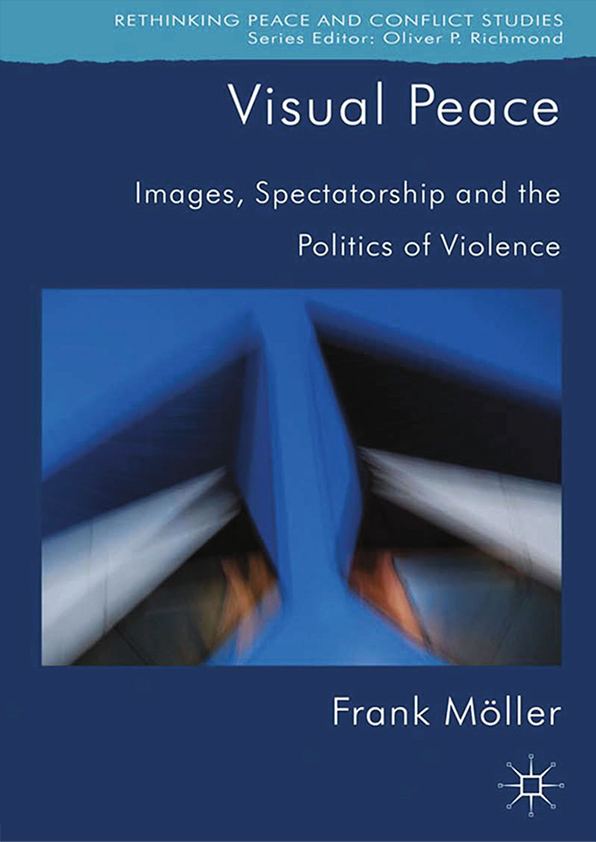
This book introduces a new research agenda for visual peace research, providing a political analysis of the relationship between visual representations and the politics of violence nationally and internationally. It emphasizes the spectator and his or her own involvement in, responsibility for, and potential responses to the conditions depicted in given images. Through a series of case studies, such as the aftermath of the 1994 genocide in Rwanda, Rio de Janeiro’s culture of violence and the visualization of colonial memory, the study analyzes the relationship between visibility and political agency and elaborates ways in which people can become “participants witnesses” and agents of their own image.
See Visual Peace on palgrave.com
Frank Möller’s Visual Peace is a searching and original study. While much recent writing about photography and visual culture has focused on violence and conflict, and much of that work has relied on unexamined assumptions about spectatorship, Moller departs in two important and very fruitful ways. He subjects those assumptions to rigorous scrutiny, developing a compelling account of the viewer as ‘participant witness,’ and he shifts the axis of inquiry from the problem of violence to the prospects for peace. The result is an important and richly rewarding book.
Mark Reinhardt, Williams College, USA
Fluently moving across a wide-range of media, Visual Peace offers a lucid reappraisal of the current state of photojournalism. In a refreshingly inquisitive and jargon-free prose, Möller explores what it means to encounter images, and how we may gain and exert agency through them. Making a compelling case for the emerging field of Visual Peace Studies, among the book’s many merits is that it engages us both as readers and as viewers, eliciting a space to experience and reflect upon the visual source material on our own. For at stake are not merely what we demand from images, but ultimately what we demand from ourselves.
Henrik Gustafsson, University of Tromsø, Norway